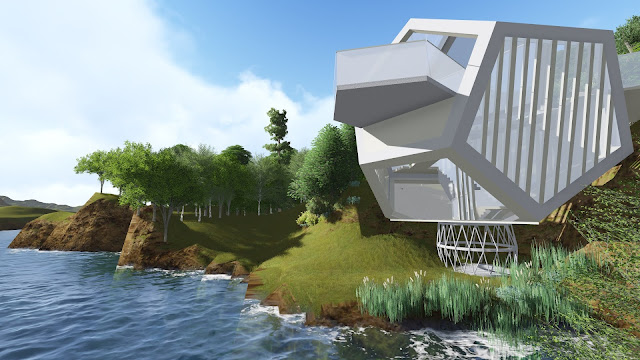
Last post was about 3D modelling using SketchUp and rendered with Vray, here is another project rendered using Lumion. You could build the model using SketchUp and import into Lumion, set up scenes and render. It is a good rendering software when you need a quick render.
Eloise is associated with the Greek word “helios” which means "sun", a viewing shelter designated in a reserved forest to give a 360 degrees full view to the nature. From the past decades we have been neglecting the importance of nature environment and the impact we have done to it. Eloise is an approach to embrace both man made and mother nature in one.
The idea of 'Light and Transparency' brings a great contrast between the stuffy man made concrete jungle and the airy mother nature. The approach was to let the natural light entering into the shelter and lit up the entire space, reducing the use of artificial lights for sustainability. Openings are enhanced for good air ventilation in the space.





Comments
Post a Comment